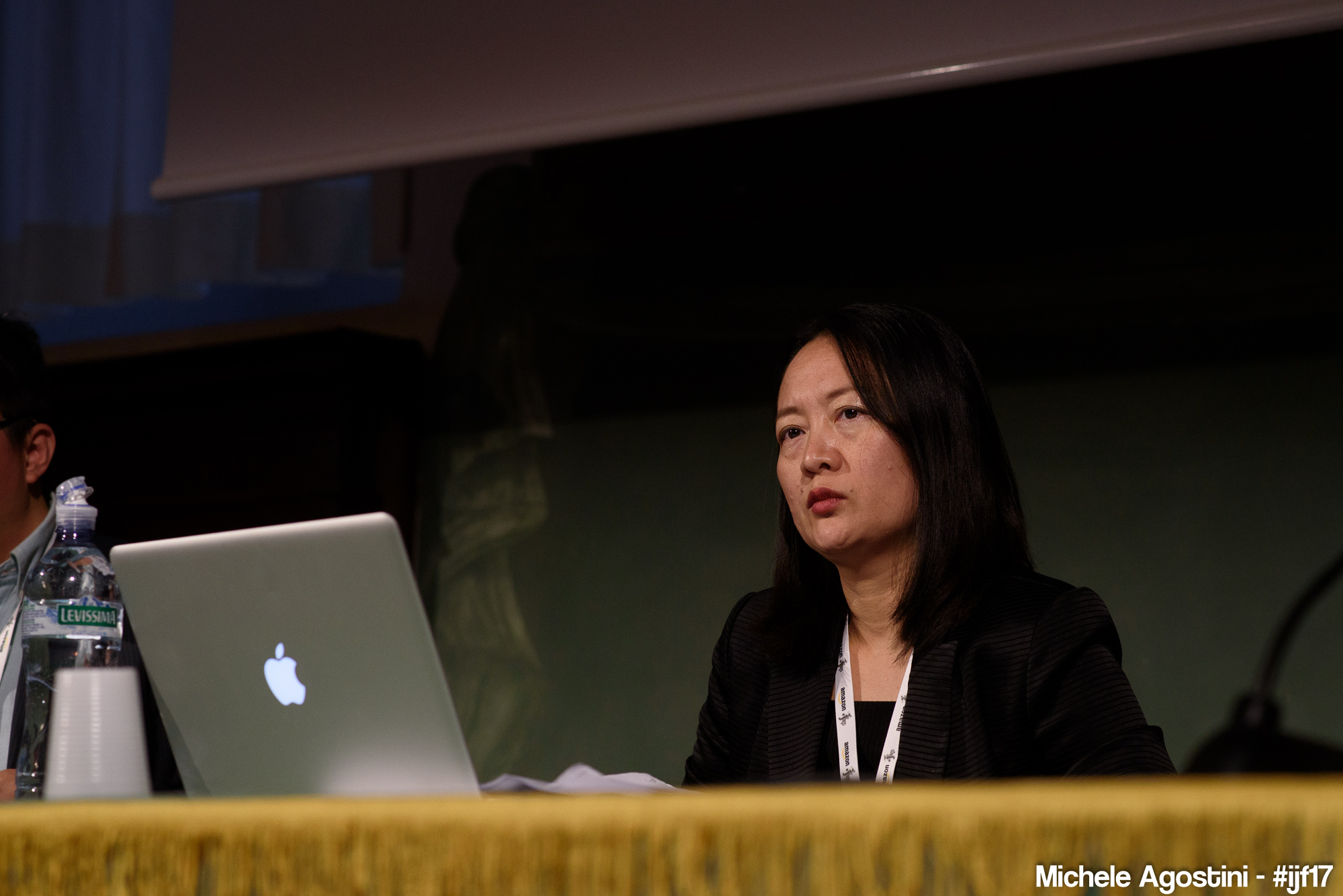 Like in many other countries, in the past ten years, the diffusion of the internet has posed new challenges to traditional media in China, changing the way media are consumed, owned, managed, and produced. Yet, China – with more than 1000 daily newspapers, 2000 TV channels, and 9000 magazines (figures mentioned by Zhang Zhi’an) – presents a unique case: with the world’s largest online population, China is also the largest media market in the world, but one where outlets operate under tight control from the Communist Party.
Like in many other countries, in the past ten years, the diffusion of the internet has posed new challenges to traditional media in China, changing the way media are consumed, owned, managed, and produced. Yet, China – with more than 1000 daily newspapers, 2000 TV channels, and 9000 magazines (figures mentioned by Zhang Zhi’an) – presents a unique case: with the world’s largest online population, China is also the largest media market in the world, but one where outlets operate under tight control from the Communist Party.
Moderated by Milica Pesic, executive director at the Media Diversity Institute, the panel ‘China: between traditional and new media’ explored the impact of technology on Chinese media from different perspectives: from the way effective political supervision – and censorship – works on social networks in the country, to the specific case of the state news agency Xinhua which highlights strong ideological continuities with the past.
Balance between political and commercial pressure
“After China has taken the policy of opening and reforming, the majority of Chinese media now operate as enterprises,” said Zhang Zhi’an, dean of the School of Communication and Design at Sun Yat-Sen University in Guangzhou. “This means that it’s not easy for them, but they must keep a balance between the political pressure and the commercial pressure,” he added. In other words, media must be able to make profits while at the same time serving the party.
On one side, profit-driven market has contributed to make it difficult to build ethical norms and values of professionalism into websites where sensationalism and commercialism affect quality. On the other side, an strong interventionism online by authorities has failed to generate more space and independence for digital media. As a result, social mobilisation on social media platforms has not led to civil society empowerment.
Continuities in news media promoting party policies
Traditional party organs are using some Western cultural forms to “popularise politics” via social media. An emblematic case is a video posted by the Chinese state news agency Xinhua last year. The video mixes rap music with animation to propose China’s president Xi Jinping’s ideological directives – the so-called “four comprehensives”.
Promoting the Party-State’s policies and ideologies on social media has become part of Xinhua’s routine practice. This means that, despite the innovative use of forms of popular culture on social media, the priority for Xinhua remains unchanged. The objective is “to give voice to ‘the party’, ‘the state’ and ‘the nation’ – as opposed, for instance, to give voice to ‘citizens’,” said Xin Xin, Reader in International Communications of the Communication and Media Research Institute at the University of Westminster in London.
Censorship strategies
Technology, with the advent of the internet and social media, has offered a new platform for public opinion. But it has also empowered censorship, offering more techniques to control the content distributed via internet. “Social media empowers the public and the censors at the same time,” said Fang Wang, duty editor at FTchinese.com.
“Everyone working with media in China lives with censorship,” she added. There are two types of censorship: pre-print censorship and post-print censorship. The former means that all media outlets are controlled by the party, which issues orders to editors. The latter consists in blocking published articles through the firewall.
The case of FT Chinese
Certain topics are taboo in China and people working withing the media industry are aware of it. These include human rights, religion, ethnic minorities, labour unrest and private wealth of top leaders. The New York Times and Bloomberg have been blocked in China because they have published investigations on the private wealth of party members at high level.
FTChinese, Financial Times’ Chinese language website, is the only foreign media surviving in China and many have wondered why. For Fang Wang, the FTChinese is still allowed because it is a European newspaper, and therefore it is considered less threatening. Another reason could be that they focus on finance and economics, and they have not dag in to the personal wealth of the Party leaders. And finally, the Chinese government needs one symbol to show that China is open and you can still make money in their country.
Yet, even the FTChinese faces censorship, but as a foreign media outlet, only post-print censorship, Fang Wang explained. If the paper publishes something that the Party does not want, they block the access to the story. “At the FTChinese, we don’t self-censor,” said Fang Wang. “We know that the content would be blocked, so it’s about whether you want to run the story big or light.”
